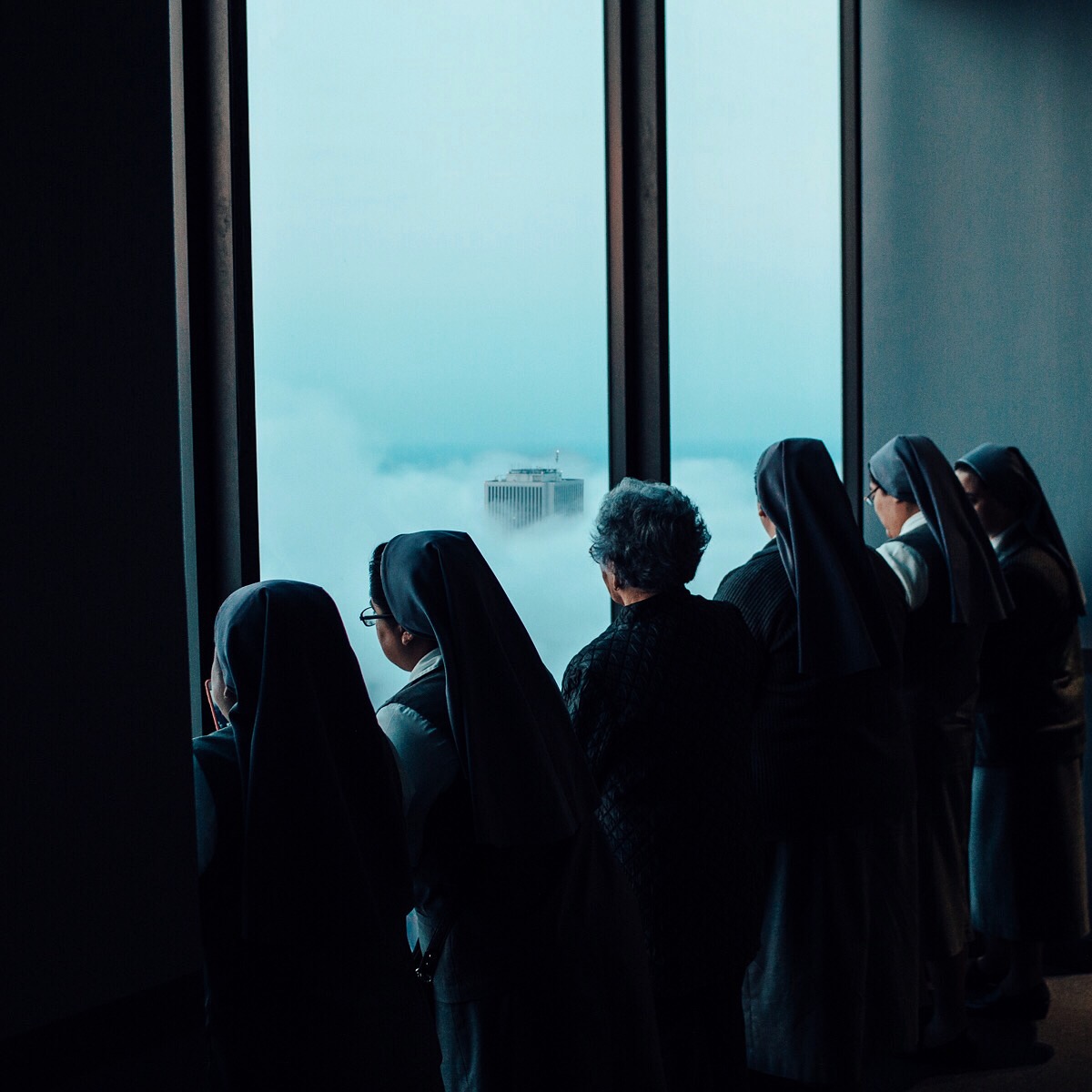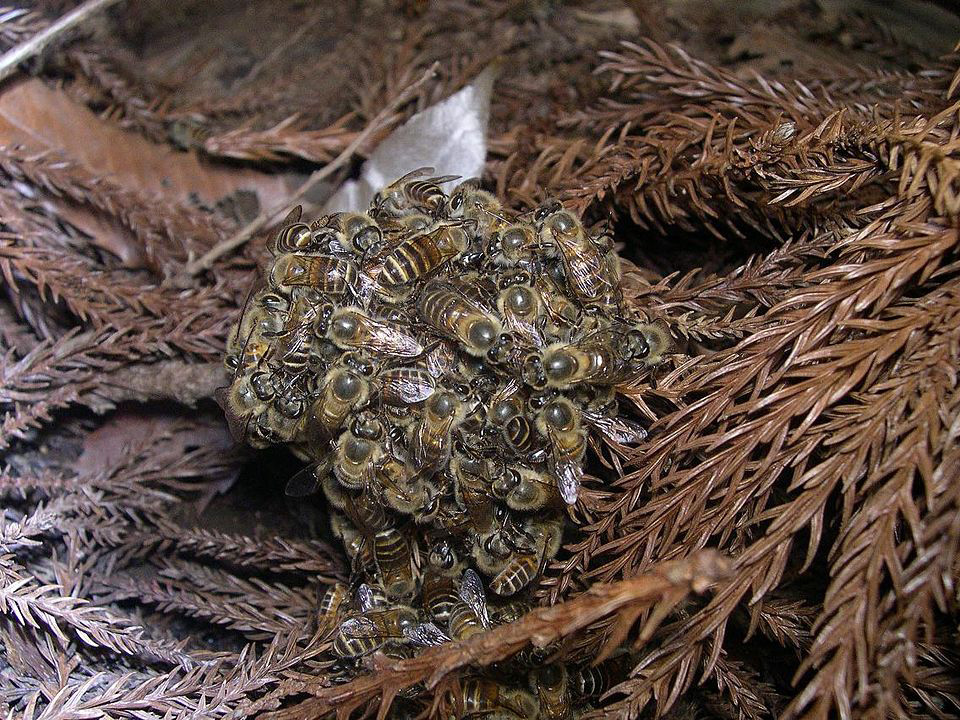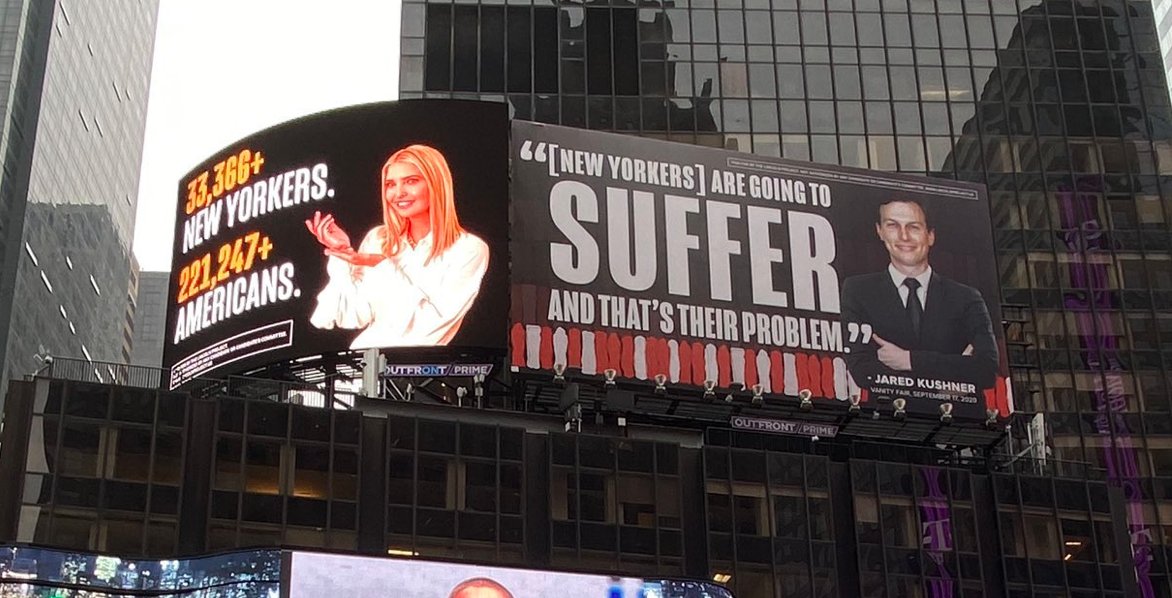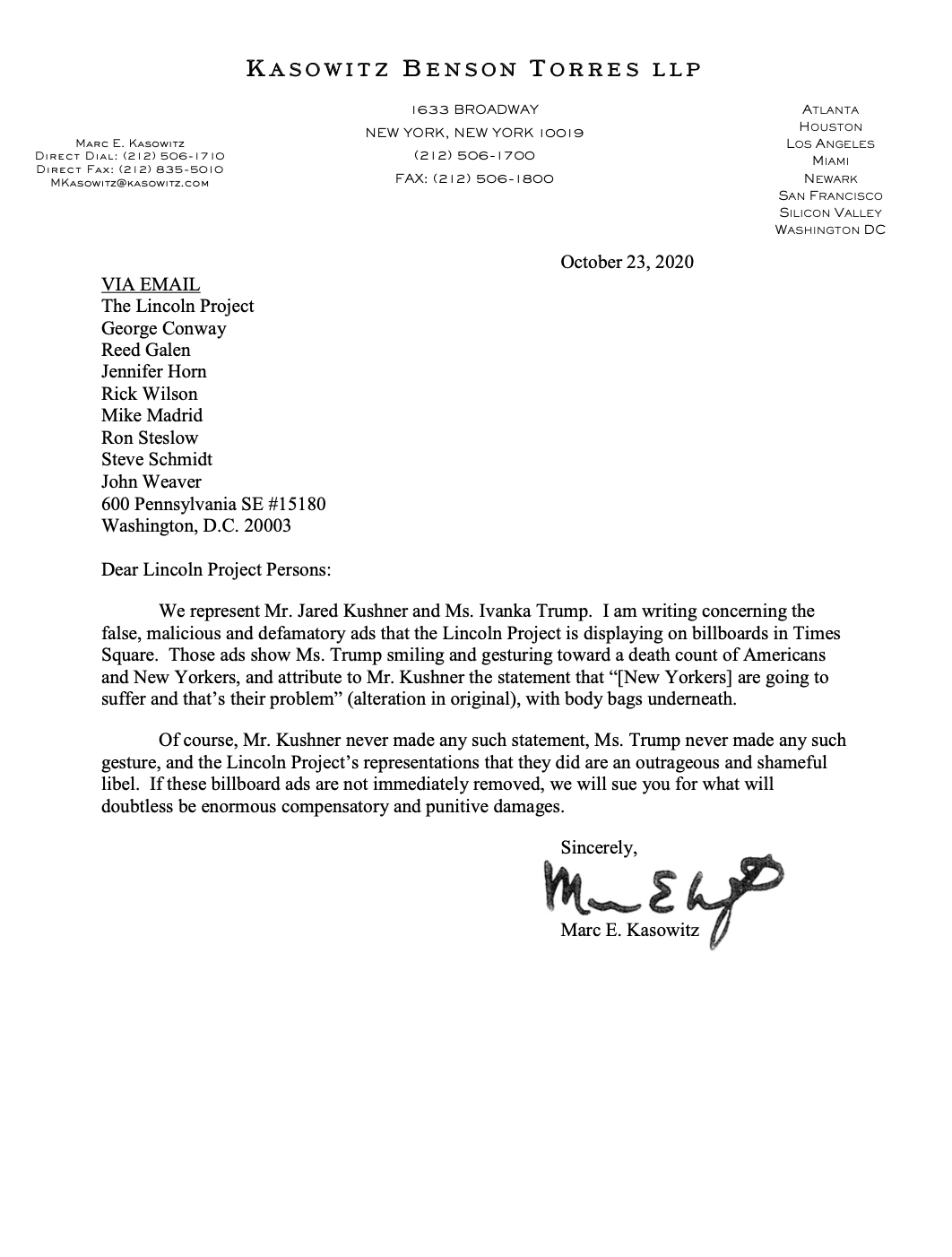here for years
scientist and physician Eric Topol says the early results about the new COVID vaccine really are a ray of hope. He believes it might even be a so-called “superhuman vaccine… meaning it’s even more powerful than the typical human response. […] the vaccines, when we talk about 90 percent efficacy, that’s against pneumonia or getting your body infected with illness, it doesn’t sterilize the upper respiratory tract. That is the nose. And so you could be a carrier of the virus. You’re going to have to wear a mask because you won’t know if the virus is sitting” in your nose. […] We could see the virus having a hard time finding people to infect by mid-year [but] it’ll be here for years.”
As promising as the [BioNTech/Pfizer vaccine] announcement sounded, a critical question wasn’t answered: Does the vaccine prevent people from getting the infection and spreading it to others, or merely prevent symptoms? […] Another unanswered question is whether it will be possible to continue clinical trials of other vaccines. And if one later proves better than the front-runner, will it be safe to use it on people who’ve already had a vaccine with more modest benefits? What Happens to the Other Vaccines Now?
Covid Superspreader Risk Is Linked to Restaurants, Gyms, Hotels — according to a study that used mobile phone data from 98 million people
I am an imaging cardiologist who is developing diagnostic techniques to assess changes in heart muscle function in patients with COVID-19. In a study released Nov. 4, my colleagues and I found evidence of heart abnormalities in over one-third of student athletes who tested positive for COVID-19 [The Conversation]
One in 5 COVID-19 patients develop mental illness within 90 days - study
“Social distancing and mask wearing to reduce the spread of COVID-19 have also protected against many other diseases…But susceptibility to those other diseases could be increasing, resulting in large outbreaks when masking and distancing stop.”
A nasal spray that blocks the absorption of the SARS-CoV-2 virus has completely protected ferrets it was tested on, according to a small study released on Thursday by an international team of scientists. The study, which was limited to animals and has not yet been peer-reviewed, was assessed by several health experts at the request of The New York Times. If the spray, which the scientists described as nontoxic and stable, is proved to work in humans, it could provide a new way of fighting the pandemic. A daily spritz up the nose would act like a vaccine. […] The spray attacks the virus directly. It contains a lipopeptide, a cholesterol particle linked to a chain of amino acids, the building blocks of proteins. This particular lipopeptide exactly matches a stretch of amino acids in the spike protein of the virus, which the pathogen uses to attach to a human airway or lung cell. Before a virus can inject its RNA into a cell, the spike must effectively unzip, exposing two chains of amino acids, in order to fuse to the cell wall. As the spike zips back up to complete the process, the lipopeptide in the spray inserts itself, latching on to one of the spike’s amino acid chains and preventing the virus from attaching. [NY Times]
























